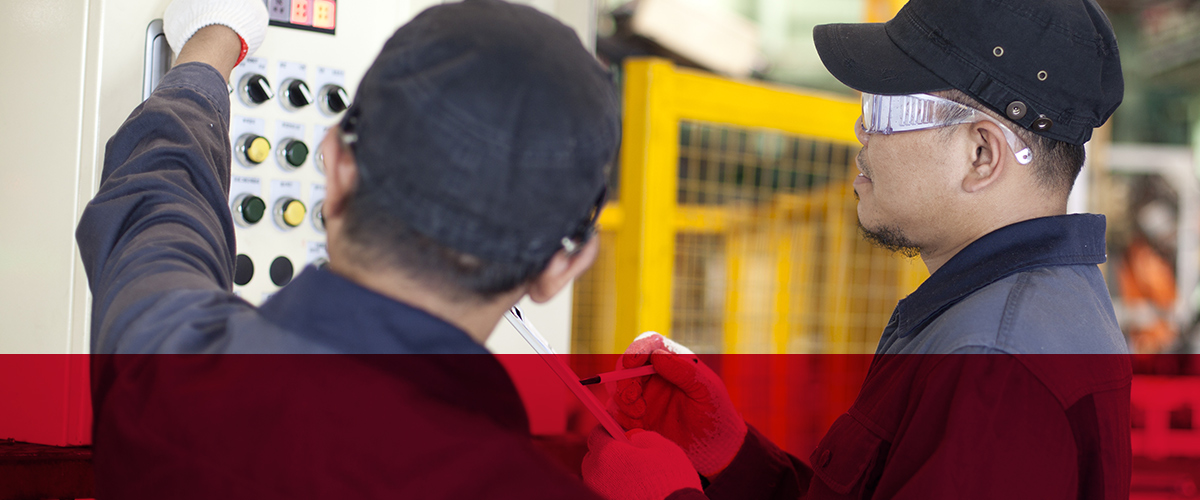-
Hollister products are safe for their intended use, and we are always on the lookout for alternative materials that can improve the patient experience and product sustainability. Some recent changes include:
- Removing phthalate plasticizers including DEHP in all PVC materials
- Introducing a new film called CFF2 in our ostomy products, which eliminates the use of chlorine
- Suspending the use of solvent-based inks for printing.
- Switching from bleached to unbleached paperboard cartons
- Streamlining production processes so we use less chemicals and energy
What Our Associates Are Saying
“ When developing products, our teams are tasked with challenging the status-quo and think about minimizing the number of raw materials and eliminating substances that are hazardous and harmful for the environment. We also consider if we can use recyclable, reusable, and degradable materials, and how we can optimize our production process, so we minimize waste and reduce energy consumption.”
Carlos, R&D Manager
Ballina, Ireland -
Research & Design Phase
During the research and design phase, we analyze how to minimize the footprint of our products and packaging, while maintaining safety and effectiveness. We consider how to reduce our use of raw materials, streamline manufacturing, decrease energy use, and increase the number of recyclable materials in our packaging.
Life Cycle Analysis
Life Cycle Analysis is a tool that we use to determine the environmental impact of a product at each stage of its existence, from raw material extraction to disposal.
-
Adhere to International Standards
The safety of our associates and the environment surrounding our facilities is one of our greatest responsibilities. Our production sites across the globe adhere to the international standard OHSAS 18001 for occupational health and safety.
Global Safety Council
Hollister facilities follow strict workplace safety plans to ensure that associates are properly trained and our operations follow the highest standards. Leaders from each facility sit on our Global Safety Council and work together to ensure that we develop our safety management systems in line with ISO 45001 – with the goal of achieving accreditation. The Council meets regularly and evaluates policies and processes to achieve zero harm at all sites.
What Our Associates Are Saying:
“ Safety is our top priority and is part of our daily team meetings. We track our safety record on a heat-map and proactively use it to identify opportunities for improvement. We believe that safety is key to job satisfaction and maintaining the health and dignity of our associates. We want our associates to be just as healthy when they return from work as they were when they arrived. ”
Lars, Value Stream Manager
Fredensborg, Denmark

